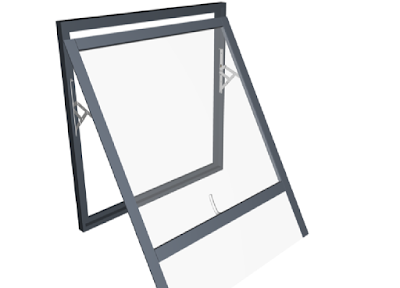Introduction
This Blog Post is taken from the latest MACH Acoustics book “The Acoustics of Open Windows” – Chapter “The Future of Windows”. This book can be downloaded as an iBook from: https://itunes.apple.com/gb/book/the-acoustics-of-open-windows/id1049860606?mt=13
This book publishes part of Ze Nunes’ ongoing PHD, on the subject of visualizing sound and air in low carbon buildings.
At MACH we see that natural ventilation is one of the strategies of choice for forward thinking clients interested in low-energy buildings. However environmental noise break-in can be an issue, resulting in clumsy acoustic attenuators or windows being kept shut.
MACH Acoustics recognizes the benefits of noise control through window design. The team at MACH has therefore developed unique modeling tools, assessing noise mitigation solutions based around improving the acoustic performance of open windows, such to overcome noise break-in issues to residential buildings, offices and schools.
Extended Window Frame
One of the key factors affecting the sound reduction of an open window, is its ability to screen sound, i.e. the harder it is to see the sound source through the opening of the window, the better its acoustic performance. Hence by simply extending the frame of the window, as shown, the sound reduction of a simple window can be enhanced. The next two slides illustrate this effect, with an interactive model showing the effects of extending the frame and a video providing a subjective illustration of this change.
Baffled Facades – Illustrations
An alternative way of enhancing the performance of an open window it is place a baffle over its opening. MACH Acoustics’ analytical tools and measurements facility can be used to determine the size and position of the baffle such to provide the required acoustic performance from an open window.


